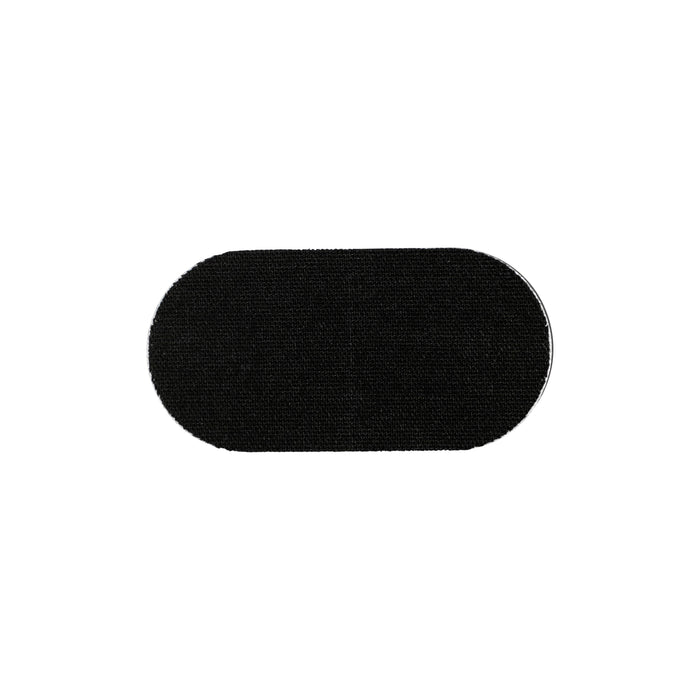

The Power of Light: How Light Exposure Impacts Our Sleep-Wake Cycles
The impact of light exposure on our sleep-wake cycles is profound, and it's critical to understand how light affects our health and wellbeing. In this article, we will explore the role of light in regulating our circadian rhythms and sleep-wake cycles, review the latest research on the effects of blue light exposure from electronic devices on sleep quality, examine the impact of light exposure on sleep disorders such as insomnia and shift work disorder, and provide strategies for optimizing light exposure to improve sleep hygiene and overall health.
The Role of Light in Regulating Our Circadian Rhythms and Sleep-Wake Cycles
Light is a critical regulator of our circadian rhythms, which control our sleep-wake cycles. Exposure to bright light in the morning helps to reset our internal clock and promotes alertness during the day. In the evening, exposure to dimmer light signals the body to produce melatonin, which helps us to fall asleep at night. Our exposure to light, therefore, plays a vital role in regulating our sleep-wake cycles.
The Latest Research on the Effects of Blue Light Exposure from Electronic Devices on Sleep Quality
The blue light emitted by electronic devices such as smartphones, laptops, and tablets can disrupt our sleep-wake cycles and impact our sleep quality. This type of light suppresses the production of melatonin and can delay the onset of sleep. A recent study by Dr. Andrew Huberman at Stanford University found that exposure to blue light at night can also cause changes in the brain that affect our mood and cognitive performance the next day. Therefore, it's important to limit exposure to electronic devices before bedtime.
The Impact of Light Exposure on Sleep Disorders such as Insomnia and Shift Work Disorder
Disruptions to our sleep-wake cycles can contribute to sleep disorders such as insomnia and shift work disorder. Insomnia is characterized by difficulty falling asleep or staying asleep, while shift work disorder occurs when our work schedule is out of sync with our natural sleep-wake cycles. Exposure to bright light in the morning and dimmer light in the evening can help to reset our internal clock and improve sleep quality in individuals with these disorders.
Strategies for Optimizing Light Exposure to Improve Sleep Hygiene and Overall Health
There are several strategies for optimizing light exposure to improve sleep hygiene and overall health. These include spending time outside during the day, using bright light therapy to reset our internal clock, and limiting exposure to electronic devices before bedtime. It's also essential to create a sleep-conducive environment by using blackout curtains or eye masks to block out light while sleeping.
Light exposure plays a crucial role in regulating our sleep-wake cycles and overall health. The latest research has highlighted the impact of blue light exposure from electronic devices on our sleep quality, while disruptions to our sleep-wake cycles can contribute to sleep disorders such as insomnia and shift work disorder. By optimizing our light exposure, we can improve our sleep hygiene and overall health and wellbeing.
Sources:
- Duffy, J. F., & Czeisler, C. A. (2009). Effect of light on human circadian physiology. Sleep medicine clinics, 4(2), 165-177.
- Huberman, A. (2021). Light, Brain, and Mood: The Neurobiology of Circadian Rhythms and Blue Light. Stanford Online High School Webinar.
- Chang, A. M., Aeschbach, D., Duffy, J. F., & Czeisler, C. A. (2015). Evening use of light-emitting eReaders negatively affects sleep, circadian timing, and next-morning alertness. Proceedings of the National Academy of Sciences, 112(4), 1232-1237.






